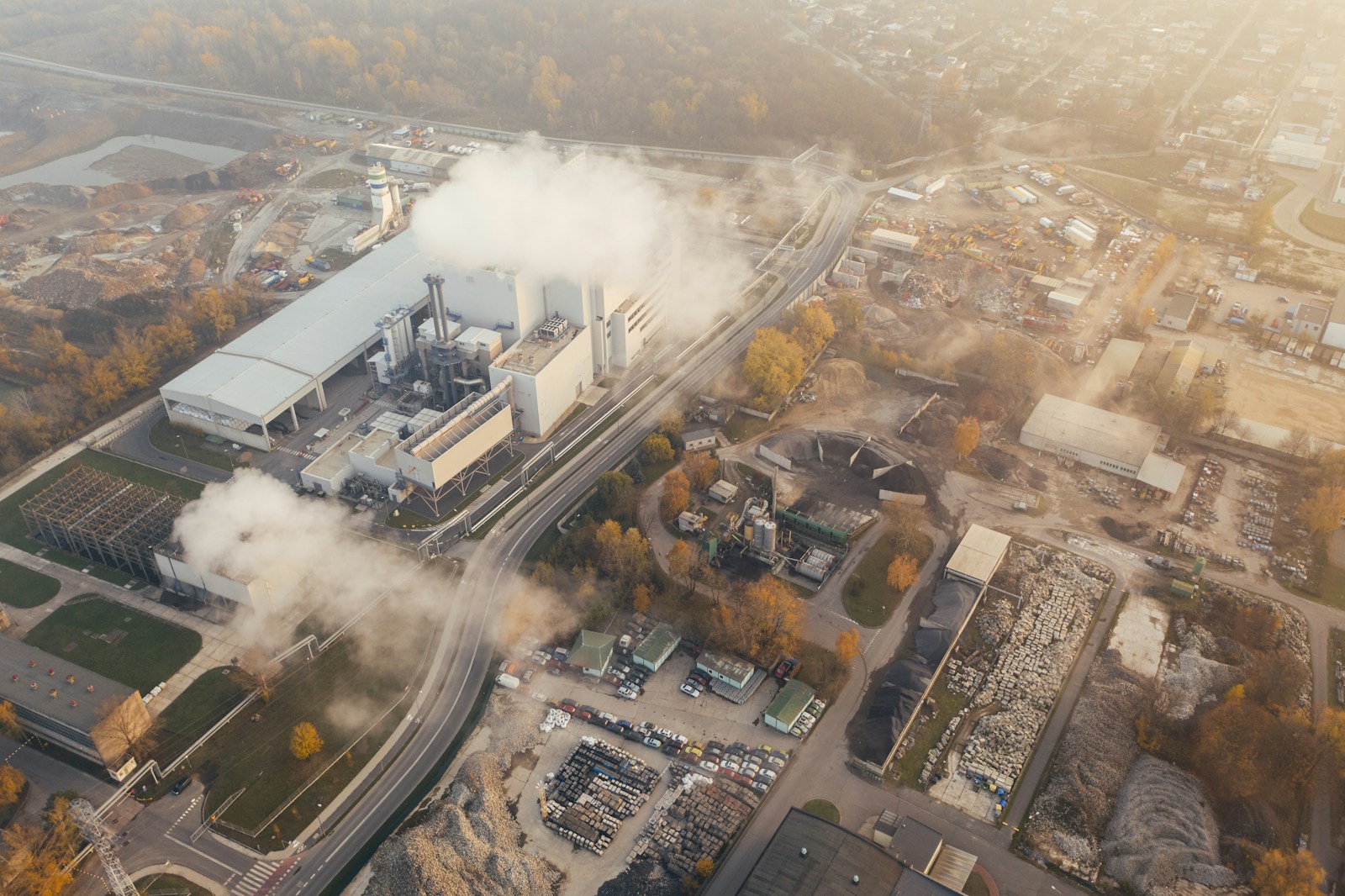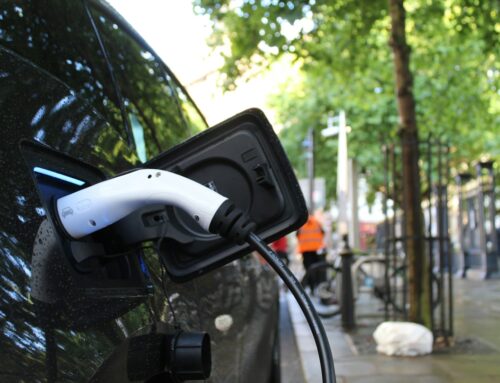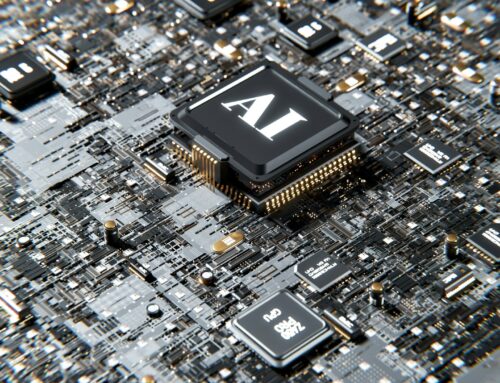The Institute for Information Industry (MIC) conducted a sample survey on “Net-Zero Emissions Development in Taiwan’s Electronics and Information Industry.” The results show that due to customer demand for net-zero emissions, Taiwan’s electronics and information industry continues to promote low-carbon transformation. Currently, 43% of businesses have initiated net-zero actions, with large enterprises with a capital of over 100 million NTD accounting for 66%. Among industries, the semiconductor manufacturing sector has the highest participation rate at 69%.
MIC Senior Industry Analyst Huang Xin stated that the participation of Taiwan’s electronics and information industry in net-zero actions has grown compared to last year. However, half of the businesses still have not initiated net-zero actions, as they have not yet been influenced by customer demands or policy regulations, or are constrained by internal company considerations.
MIC analyzed the progress of greenhouse gas inventories and made two key findings.
Firstly, more than 87% of Taiwan’s electronics and information companies have initiated or completed internal greenhouse gas emission inventories for Scope 1 and Scope 2. However, only 44% of companies have started supply chain inventories for Scope 3. The main reason is that Scope 3 covers all links in the upstream and downstream value chain, and the methodologies and coefficient selection for emission calculations have not been clearly defined.
Secondly, to mitigate the potential impact of future carbon tariffs, 31% of companies have started carbon footprint inventories. Huang Xin pointed out that difficulties such as identifying primary activities of suppliers, too many product categories, and incomplete coefficient databases are reasons why progress in product carbon footprint inventories has been slow.
Regarding the three main carbon reduction strategies—process improvement, energy conversion, and circular economy—the survey shows that Taiwan’s electronics and information industry prefers process improvement. The top five strategies in order of preference are: introducing energy-saving measures, replacing energy-efficient machines, improving system and equipment efficiency, process optimization or method improvement, and process and production line automation and intelligent management. The first two are the most popular due to lower entry barriers.
MIC also analyzed AI-driven carbon reduction and found that only 14% of companies have planned or adopted AI/Generative AI for low-carbon transformation, mainly focusing on smart energy management, production efficiency improvement, and automatic report generation.
The survey shows that the main factors preventing companies from adopting AI or generative AI for low-carbon transformation are: lack of sufficient professional talent, high technology investment costs, insufficient understanding of AI technology, and high internal costs. Huang Xin analyzed that for companies just starting their carbon reduction journey, AI-driven carbon reduction is not the first choice due to limited resources. However, the budget for AI-driven carbon reduction is growing, showing that companies remain confident in using AI for future low-carbon transformation.





